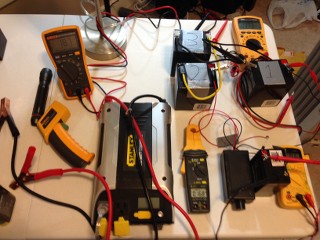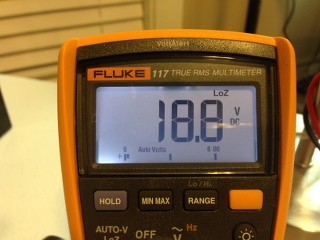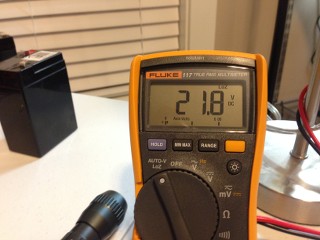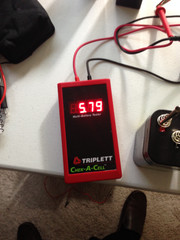After testing the last 2 days I have found with this test atleast that the run time is below simply running 3 batteries in parallel when using manual switching. I am going to order some more parts and try to get the automatic switching working.
-Altrez
-Altrez
 This is the purpose of the Tesla Switch, 3BGS, Bedini Monopole, and soon Basic Free Energy Device.
This is the purpose of the Tesla Switch, 3BGS, Bedini Monopole, and soon Basic Free Energy Device.








Comment